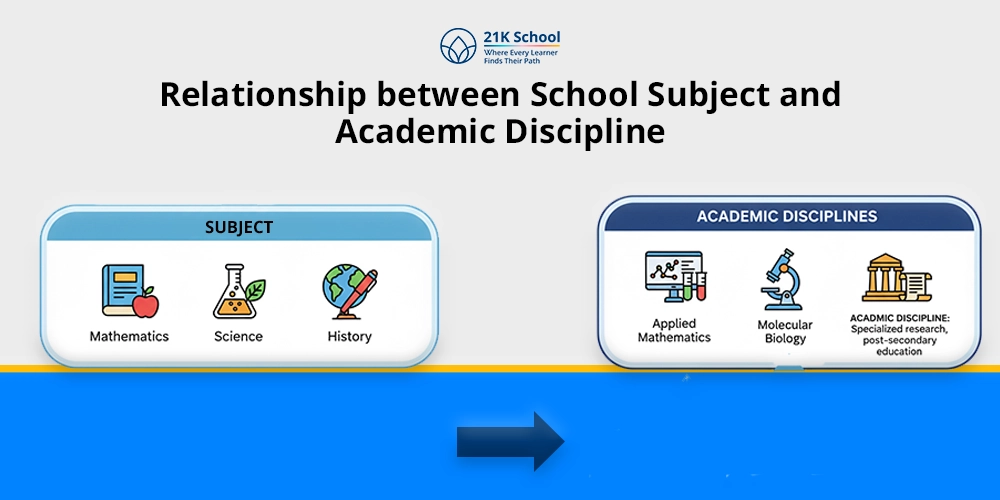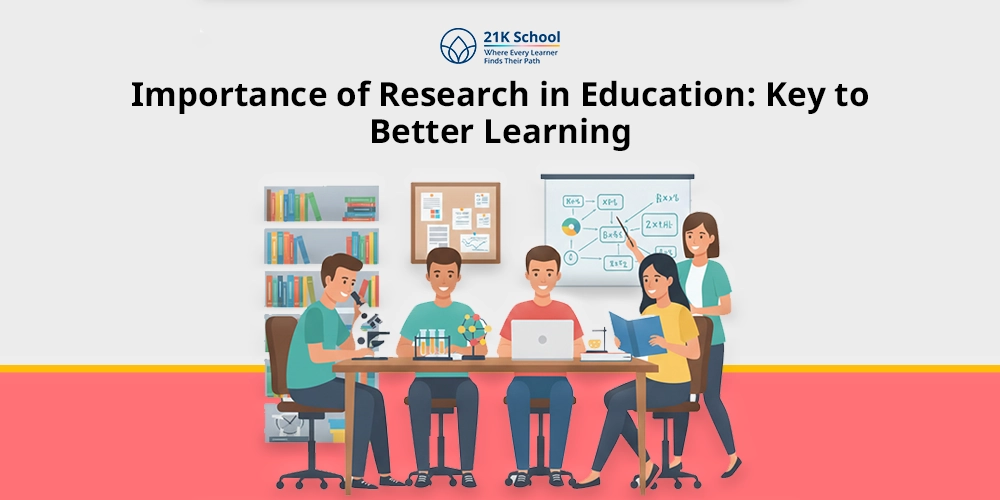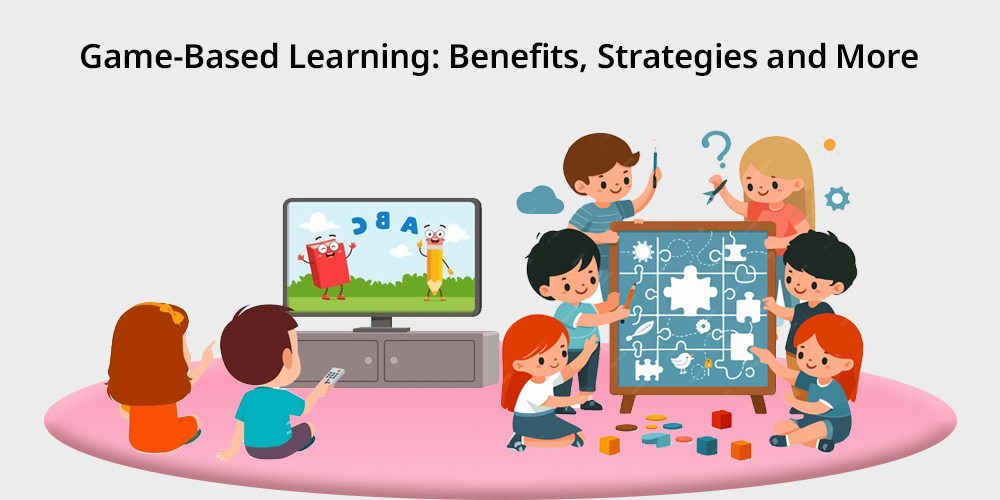
Game-Based Learning (GBL) refers to the practice of teaching, which harnesses games, in order to facilitate an improved learning process.
It makes it possible for the students to be in touch with educators through those materials through availing enjoyable and fun learning activities at home that are also effective tools in learning .
It is completely distinct from conventional forms of learning which only require passive receipt of information by the learners.
Contents
- 1 The Distinctions Between Game-Based Learning and Gamification
- 2 How Game-Based Learning is Effective for Student Engagement?
- 3 How to use Games in Class: Strategies to Help You Get Started?
- 4 Game-Based Learning in Different Educational Settings
- 5 Types of Games Used in Learning
- 6 The Benefits of Game-Based Learning
- 7 Conclusion
The Distinctions Between Game-Based Learning and Gamification
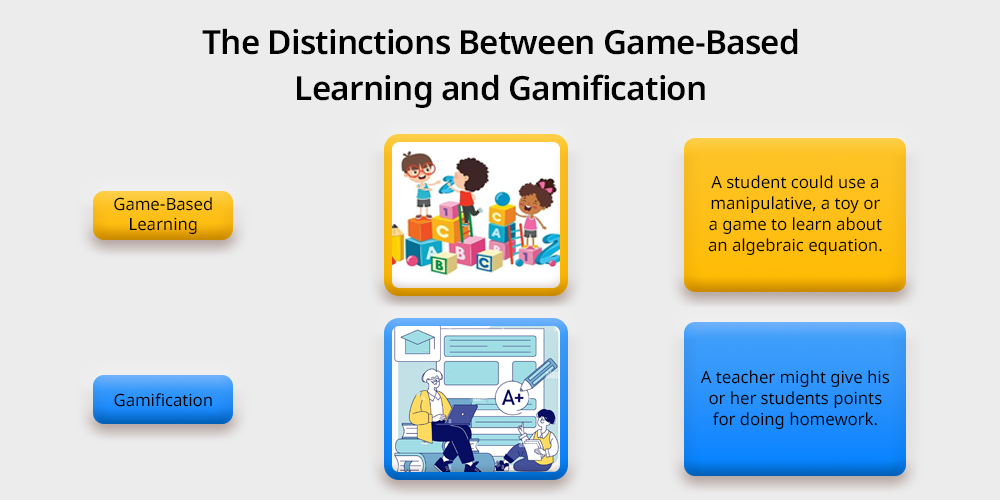
Although often used interchangeably, Game-Based Learning and Gamification are distinct concepts:
Game-Based Learning can be defined as the use of typical games in the provision of particular competencies or information. For example, a student could use a manipulative, a toy or a game to learn about an algebraic equation.
Gamification is understood as the use of point, badges, and leader boards in activities that are not related to games. For instance, a teacher might give his or her students points for doing homework .
Both strategies are meant to increase interaction but GBL is centered and based on the game and gamification uses games elements and mechanics like memory games for kids .
How Game-Based Learning is Effective for Student Engagement?
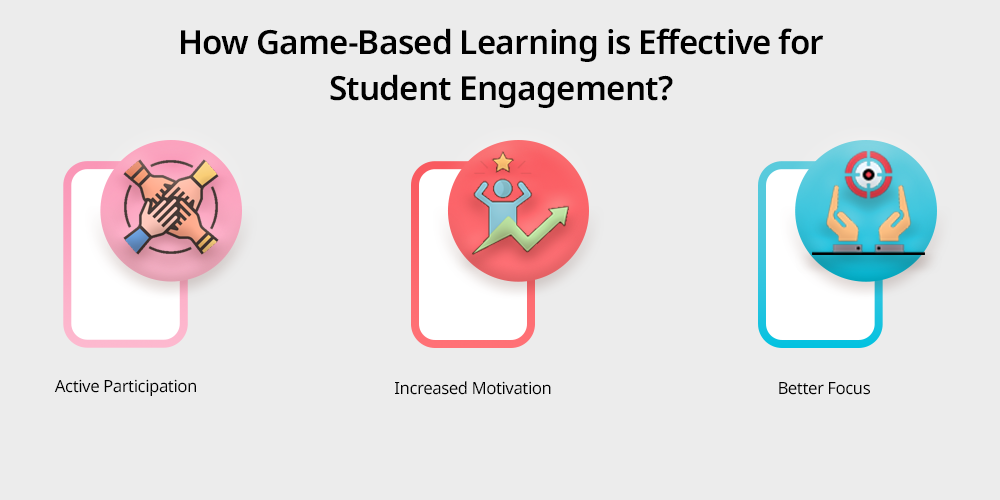
GBL is an excellent example of how learning can be made very fun for students during learning activities. Its manipulative element captures their attention and assists them in paying attention to the lessons.
To ensure students get the challenges, rewards, and enthusiasm that come with games, GBL enhances learning. Moreover, there are many educational online games for elementary school students.
Here’s how it works:
- Active Participation: Students get directly involved with the material, making learning an interactive event which becomes fun to engage in.
- Increased Motivation: Games are entertaining and having less stressed students makes them more willing to learn.
- Better Focus: The knowledge that an assignment has to be done or a problem solved maintains learners’ morale and interest.
This way of learning makes education interesting for the students and motivates them to engage in learning, to try and do well in class.
It is actually, a new trend that make the learning process fun and result oriented for any age levels.
How to use Games in Class: Strategies to Help You Get Started?
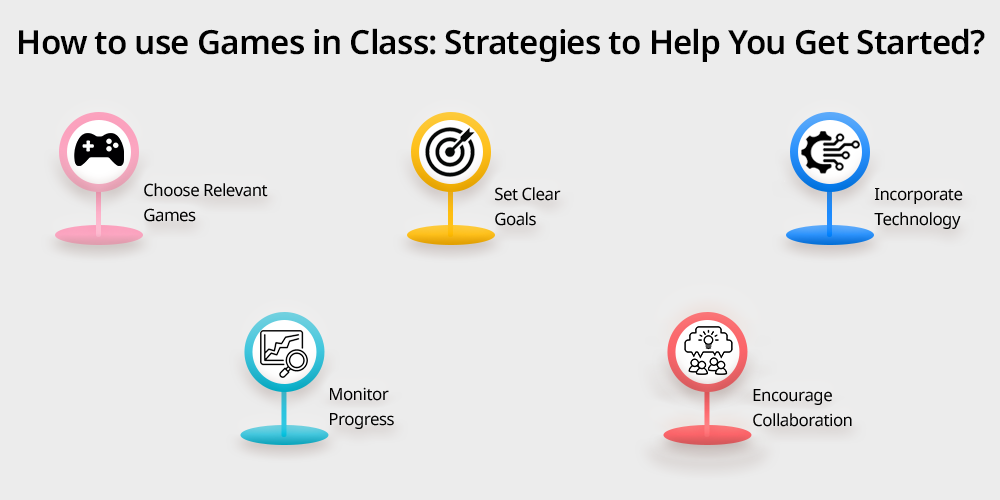
Game-Based Learning also known as GB can be a valuable tool when used appropriately in order to add enjoyment to a lesson.
Here are some simple steps to integrate GBL into your classroom:
- Choose Relevant Games: Select those games that will be relevant with the topics discussed in class. Make sure the game also review content from the curriculum so that the students can learn.
- Set Clear Goals: Informs the students of what the instructor expects them to accomplish by playing the game. This could be a finishing a chore, finding a solution or merely learning a trade. Structure assists students in staying goal directed.
- Incorporate Technology: There are applications, games, as well as learning software to keep the session engaging while passing the knowledge. These tools can enhance effective learning and make a difference when hazarding an answer since it yields immediate results to the students. However technology is one of the major parts in supporting student success .
- Monitor Progress: Record progress made by the students in the game. They should review their performance and provide valuable feedback on how they will have too. This makes them focused and motivated throughout the set course.
- Encourage Collaboration: Explain how to teach with team or multiplayer games, to teach students how to become good teammates. Group assignment and cooperation enhance social skills and the way learners need to solve problems .
Game-Based Learning in Different Educational Settings
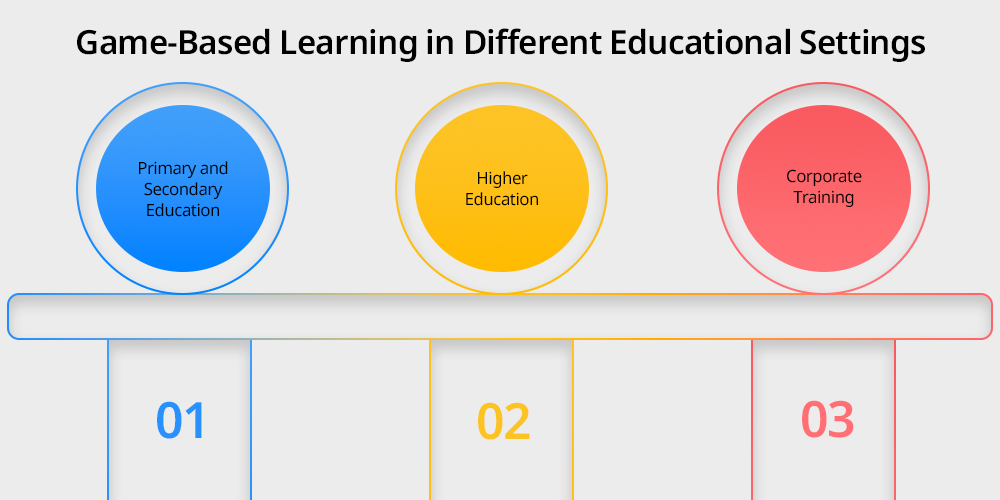
GBL can be used in any type of education process, starting at school and ending at work. Here’s how it works in different environments:
1. Primary and Secondary Education
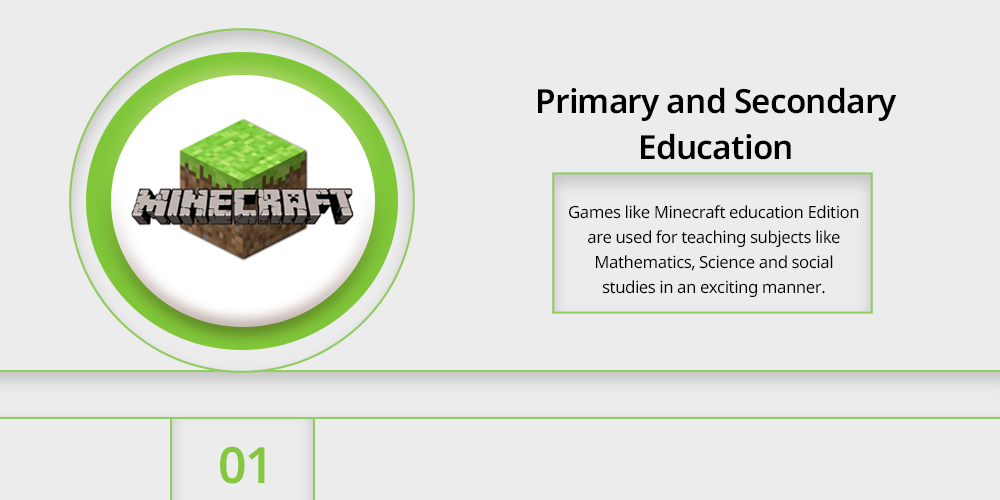
In primary and secondary schools, GBL assist in making complicated concepts understandable and learning enjoyable.
Games like Minecraft education Edition are used for teaching subjects like Mathematics, Science and social studies in an exciting manner.
These games also make it easier for both online primary school and online high school learners to grasp some concepts if these are aided by visual aspects.
For example it is possible to build structures where a child learns basic geometry in Minecraft or science projects based games where kid gets information about biology or physics . This makes children to be busy and also curious of other things.
2. Higher Education
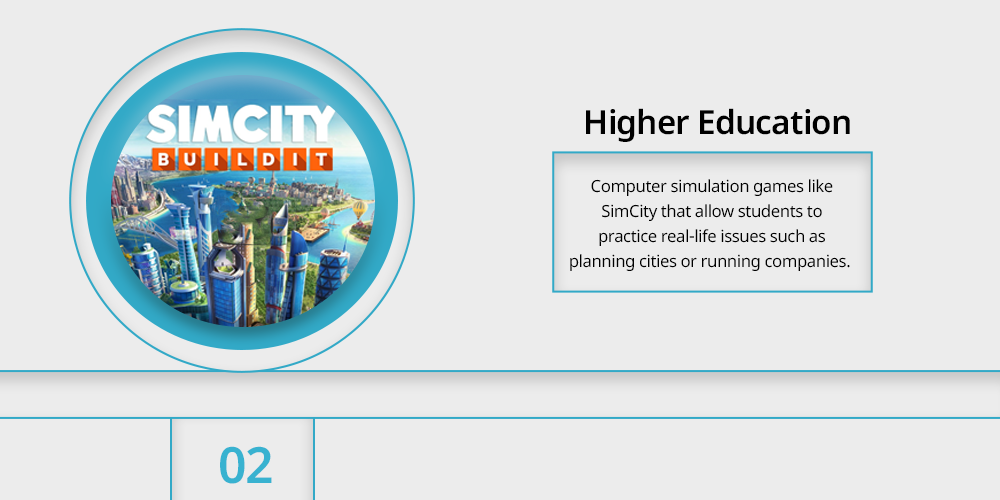
In the colleges and universities GBL enhances learning by promoting the vital aspects of hand, mind and heart accompanied by the sharpening of the young generation’s thinking, problem solving abilities.
More on, computer simulation games like SimCity that allow students to practice real-life issues such as planning cities or running companies.
These games enable students to practice what they learn in the class, as well as helping improve their decision making abilities .
That is why active participation, as well as getting acquainted with the material, is promoted in GBL and students’ retention rate is higher.
3. Corporate Training
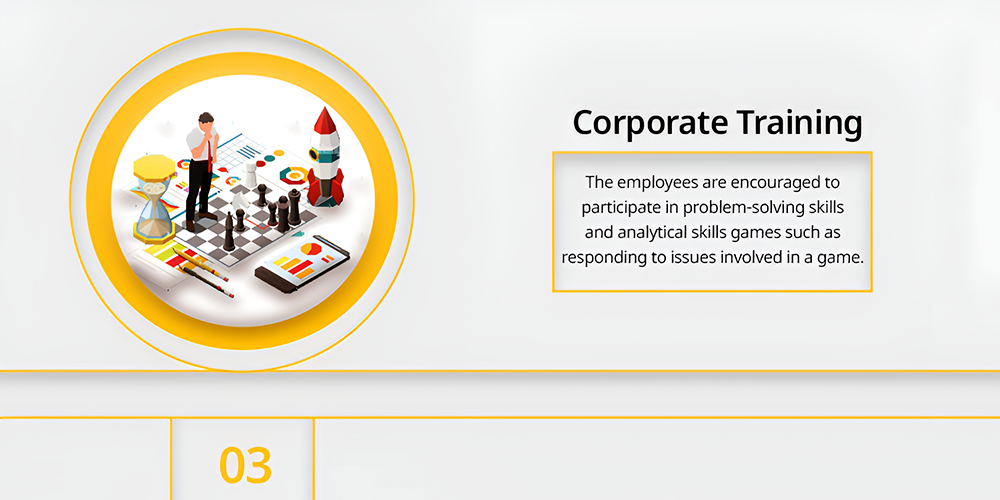
To corporate world, GBL is an effective approach towards training its employees.
Leadership skills and team work Competency assessment is done by using mechanical items or computer games in organizational learning.
For example, the employees are encouraged to participate in problem-solving skills and analytical skills games such as responding to issues involved in a game.
As a result of using this method, not only is training very efficient but also it becomes fun.
Types of Games Used in Learning
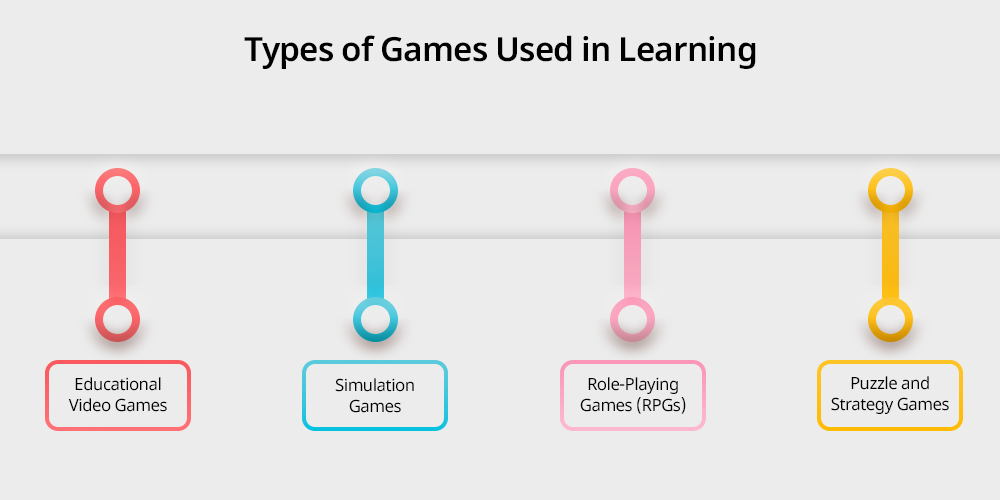
There are several appearances of GBL that has a significant impact for students’ learning processes. Here are some of the main types of games used in education:
1. Educational Video Games
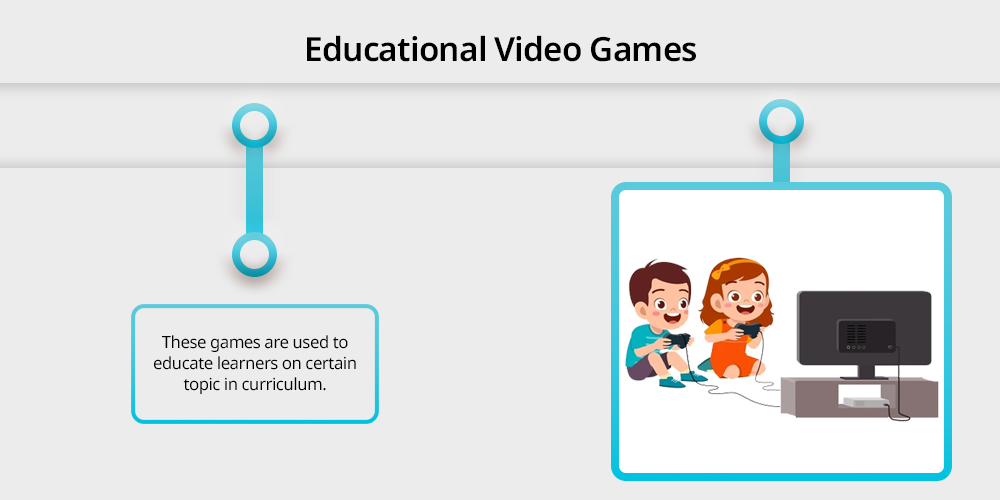
These games are used to educate learners on certain topic in curriculum. Normally, they are accompanied by buttons that make learning enjoyable and more of a game.
There is for instance Kahoot! that is used to take quizzes. They be able to compete with one another in a fun fare as well as learn more facts and information.
2. Simulation Games
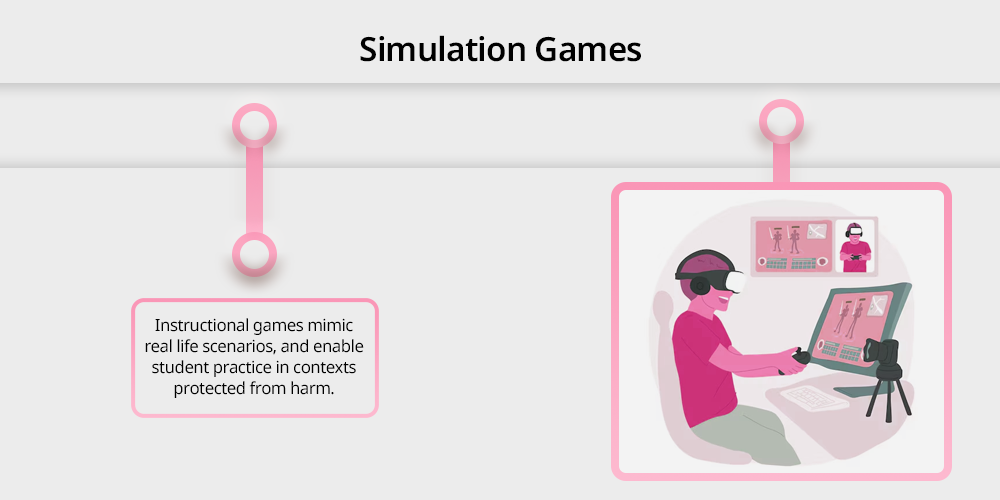
Instructional games mimic real life scenarios, and enable student practice in contexts protected from harm.
For example, flight simulators, logic that orients learners to fly an aircraft and practice the same without a risk and medical simulators that assists learner to practice procedures.
These games give technical experience or information, not easily obtained under a conventional school environment.
3. Role-Playing Games (RPGs)
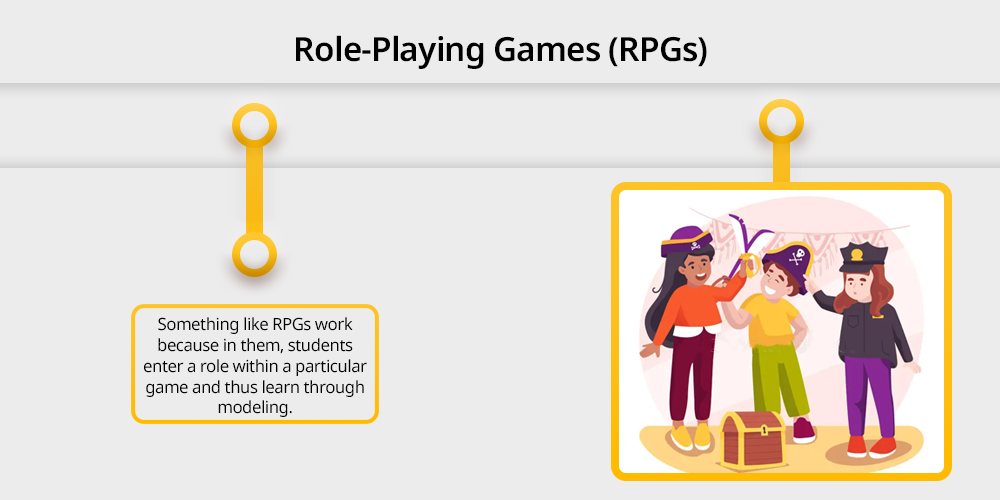
Something like RPGs work because in them, students enter a role within a particular game and thus learn through modeling.
For instance, history students might have such activities like mimicking of certain historical events because that way the students get a more qualitative understanding of the certain event, and such an understanding is longer saved in the students’ memory.
RPGs can improve creativity, as well as the general logical thinking ability in players.
4. Puzzle and Strategy Games
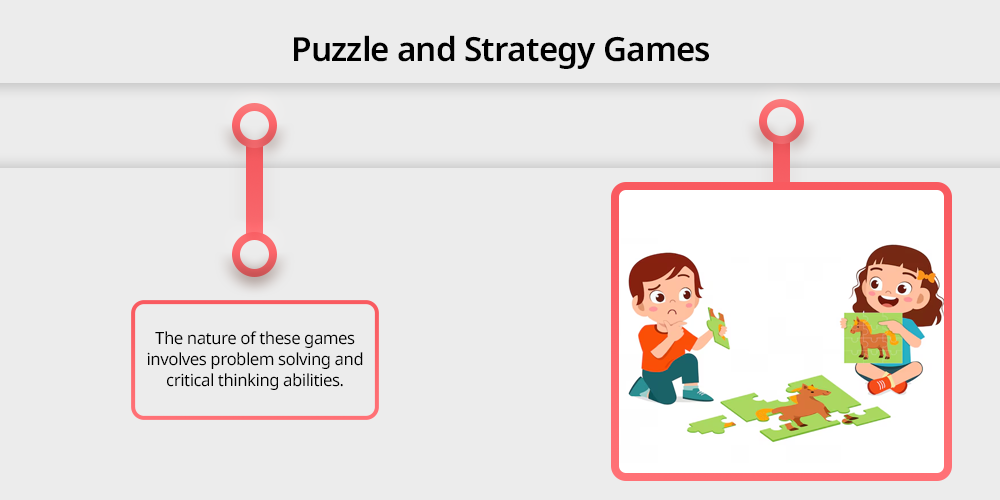
The nature of these games involves problem solving and critical thinking abilities.
Sudoku or checkerboard games are good examples of games that create tasks requiring an ability to plan, establish strategies or solve difficult problems.
They are useful in enhancing capacity to think and in making choices.
The Benefits of Game-Based Learning
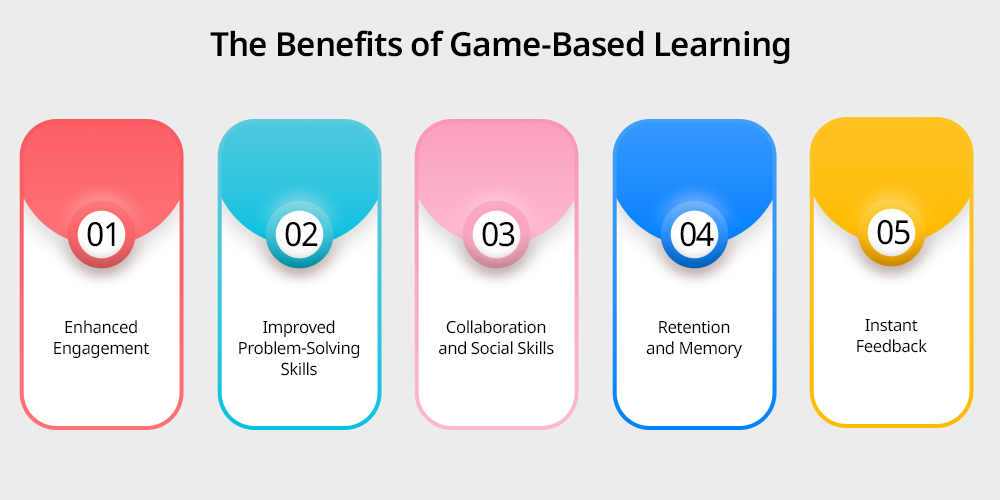
The advantages of Game-Based Learning (GBL) describe how practical learning is done in an efficient and fun manner.
Here are some of the key benefits:
1. Enhanced Engagement
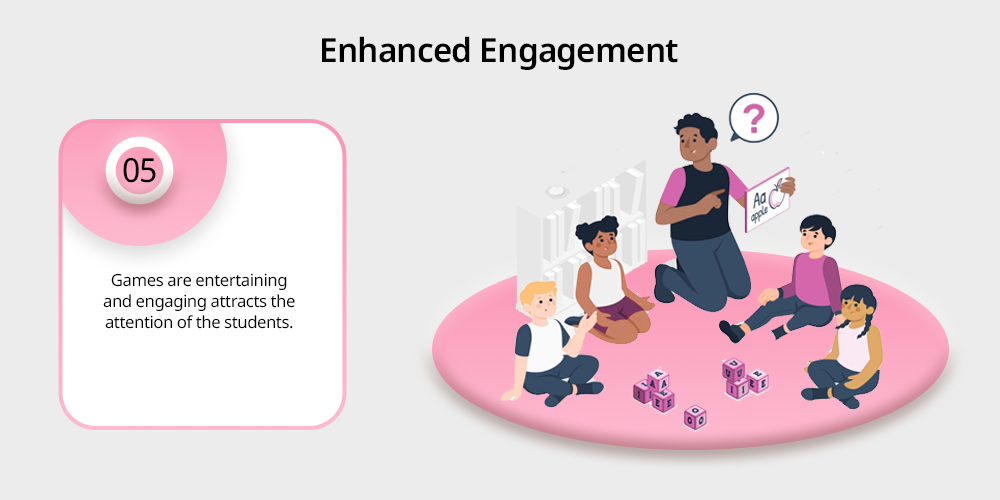
Games are entertaining and engaging attracts the attention of the students.
Because games are enjoyable and stimulating, students stay interested and focused on the content learned during the class.
2. Improved Problem-Solving Skills
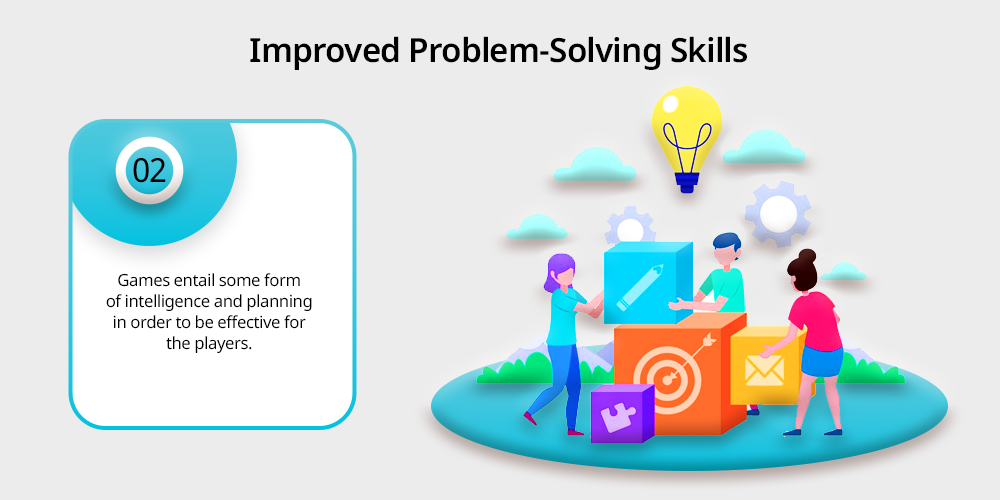
Games entail some form of intelligence and planning in order to be effective for the players.
This assists the students in the way that they solve problems as they work through the tasks and come up with solutions.
3. Collaboration and Social Skills
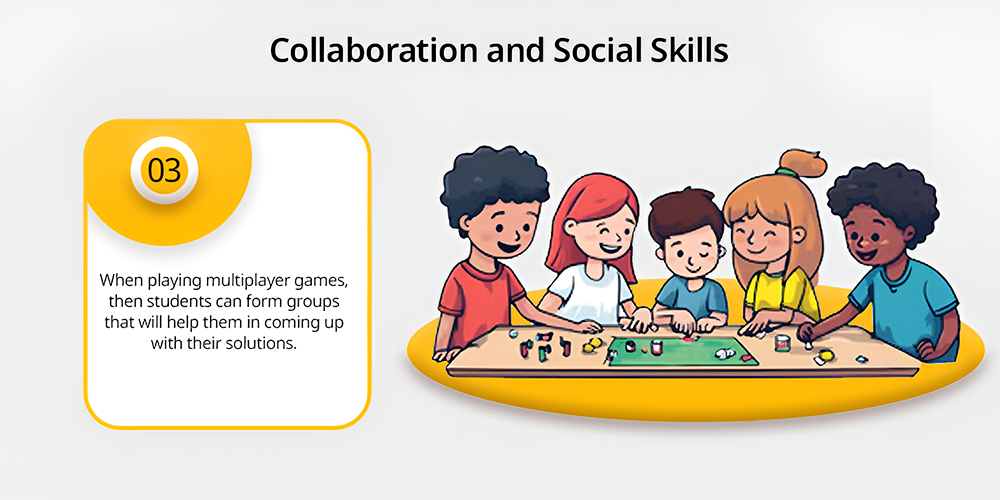
When playing multiplayer games, then students can form groups that will help them in coming up with their solutions.
The children learn how to talk, work and share things with others especially fellow students, a crucial common social set of skills within the class and other arena.
4. Retention and Memory
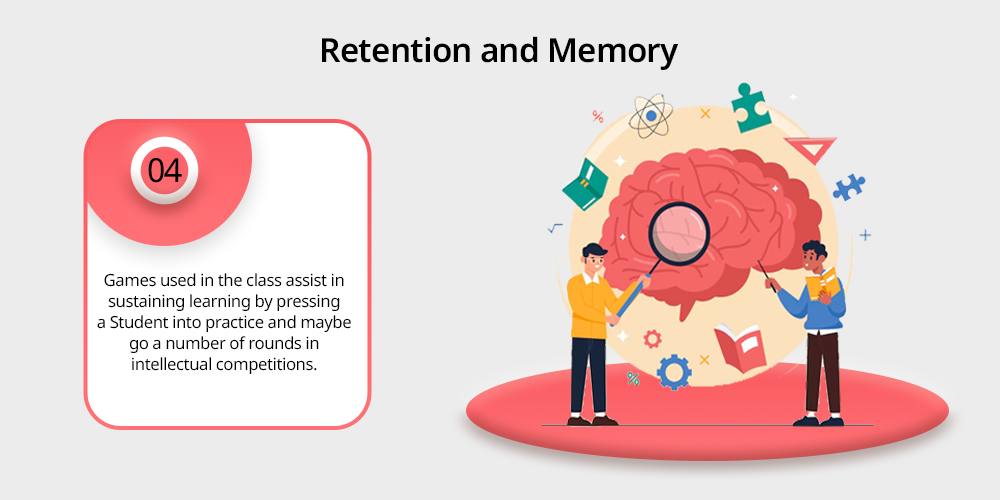
Games used in the class assist in sustaining learning by pressing a Student into practice and maybe go a number of rounds in intellectual competitions.
This proven process is a means through which the interaction on knowledge is made easier by the students hence enhancing their understanding and ability of memory retention.
5. Instant Feedback
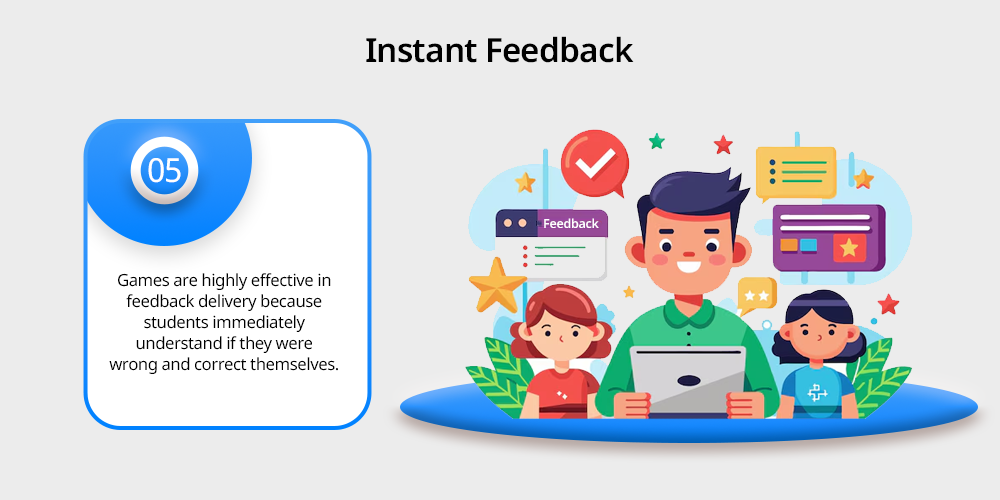
Games are highly effective in feedback delivery because students immediately understand if they were wrong and correct themselves.
It also enables them to get a quick response on their learning process which makes them to be on track.
Conclusion
Gamification is a process of integrating serious game elements and play into learning so as to improve the process.
Through the inclusion of games in classroom and training, educators and trainers increase the motivation of students as well as improve collaboration as well as increase knowledge retention.
Therefore, GBL will have an essential part in the future of education given the advancement in technology.

